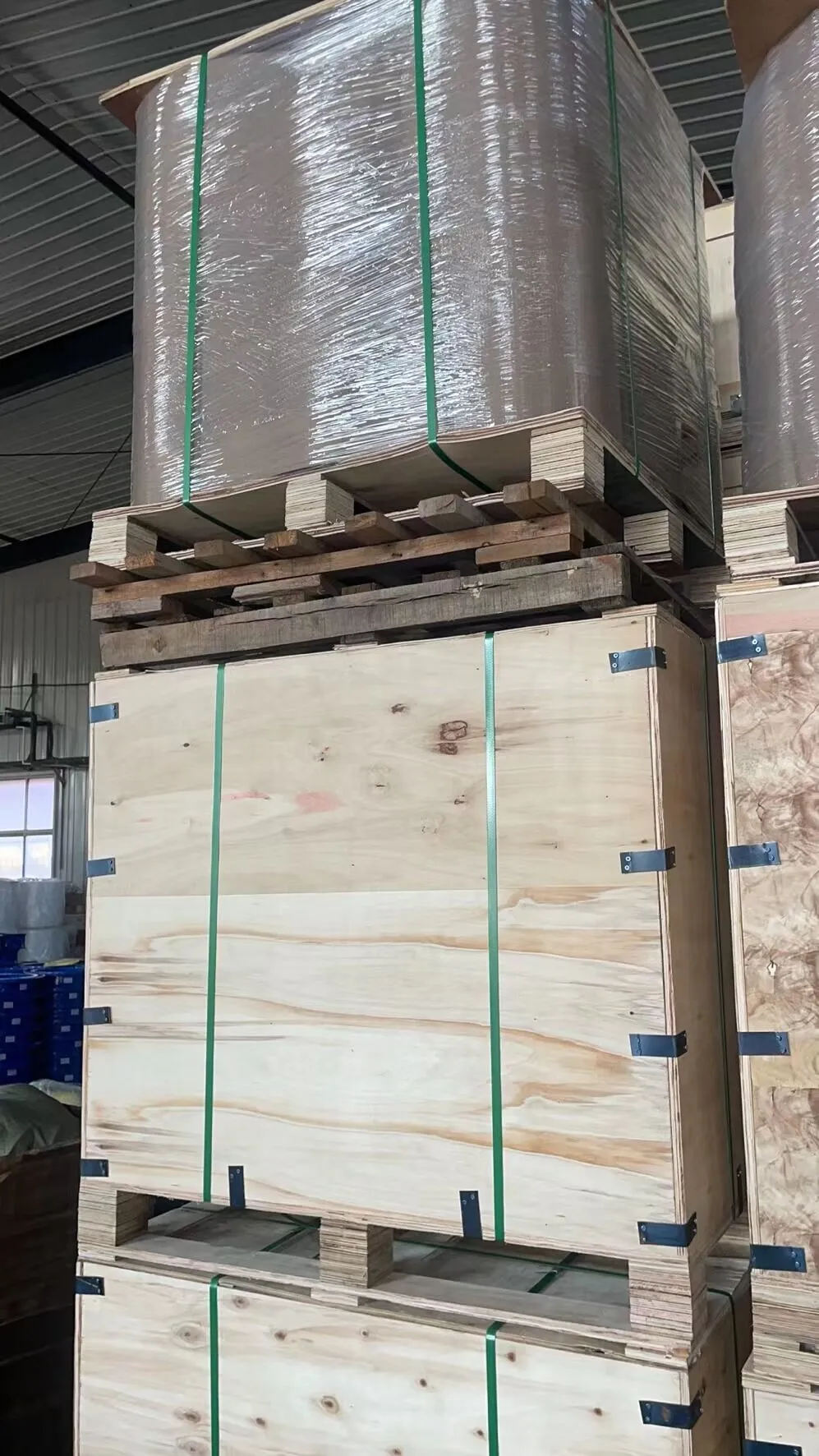traffic calming bollards
The Importance of Traffic Calming Bollards
In the bustling world of urban transportation, the need for safety and efficiency has taken on new urgency. With the steady increase of vehicles in city environments, planners and designers are constantly seeking innovative solutions to mitigate traffic-related risks. One such solution that has gained prominence is the installation of traffic calming bollards. These sturdy posts serve as a physical barrier between pedestrians and vehicles, promoting a safer, more pedestrian-friendly environment.
Understanding Traffic Calming Bollards
Traffic calming bollards are short, vertical posts that are strategically placed along roadways, sidewalks, and public spaces. Their primary purpose is to manage vehicular traffic by reducing speeds, delineating pedestrian areas, and discouraging unauthorized vehicle access. Unlike traditional barriers, bollards come in various designs, materials, and functionalities, making them versatile tools in urban design.
The Benefits of Traffic Calming Bollards
1. Enhanced Safety The most significant advantage of traffic calming bollards is the safety they provide to pedestrians and cyclists. By creating a physical separation between moving vehicles and foot traffic, bollards help prevent accidents. They are especially effective in areas with high pedestrian traffic, such as near schools, parks, and busy commercial zones.
2. Traffic Reduction Bollards can effectively deter unauthorized vehicle access in certain areas. They are often used in pedestrian-only zones and can restrict traffic in crowded markets or cultural districts, leading to a more enjoyable environment for pedestrians. This reduction in traffic not only decreases accidents but also enhances the quality of urban life.
3. Improved Traffic Flow By controlling vehicle entry points and directing traffic, bollards can help maintain a smoother flow on roads. This is particularly beneficial in areas where traffic congestion is prevalent. Bollards can facilitate the movement of emergency vehicles, ensuring they can navigate through busy streets without obstruction.
traffic calming bollards

4. Aesthetic Appeal Beyond their functional benefits, traffic calming bollards can also contribute to the aesthetic value of a community. Available in various designs, colors, and materials, they can be customized to enhance the visual character of a neighborhood. Artistic bollards can serve as public artworks, adding to the city’s cultural fabric.
Implementation Considerations
While the benefits of traffic calming bollards are clear, the implementation requires careful planning. Urban designers and city planners must consider factors such as traffic patterns, pedestrian behavior, and local regulations. An effective bollard installation should complement existing traffic control measures while not impeding emergency services or access for disabled individuals.
Furthermore, community involvement is crucial in the decision-making process. Engaging residents, business owners, and local organizations can provide valuable insights into the specific needs of the area. Public meetings, surveys, and feedback mechanisms can ensure that the installed bollards serve their intended function and are welcomed by the community.
Conclusion
In summary, traffic calming bollards play a pivotal role in fostering a safer and more enjoyable urban environment. By reducing vehicle speeds, separating pedestrian and vehicle traffic, and enhancing the overall aesthetic of public spaces, these structures positively impact cities worldwide. As urban areas continue to evolve, integrating traffic calming measures like bollards will be essential for creating safer, more accessible spaces for all. By prioritizing pedestrian safety and promoting responsible vehicle behavior, cities can work towards a future where streets are not just thoroughfares for cars but vibrant spaces for people.
In the end, the implementation of traffic calming bollards represents a proactive approach to urban planning, reflecting a commitment to safety, community wellbeing, and sustainability. As our cities grow and change, the role of traffic calming solutions will only become more significant, paving the way for a more harmonious coexistence of vehicles and pedestrians in our urban landscapes.
-
The Smarter Choice for Pedestrian AreasNewsJun.30,2025
-
The Gold Standard in Round Drain CoversNewsJun.30,2025
-
The Gold Standard in Manhole Cover SystemsNewsJun.30,2025
-
Superior Drainage Solutions with Premium Gully GratesNewsJun.30,2025
-
Superior Drainage Solutions for Global InfrastructureNewsJun.30,2025
-
Square Manhole Solutions for Modern InfrastructureNewsJun.30,2025
-
Premium Manhole Covers for Modern InfrastructureNewsJun.30,2025
